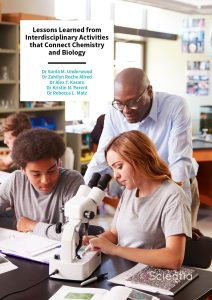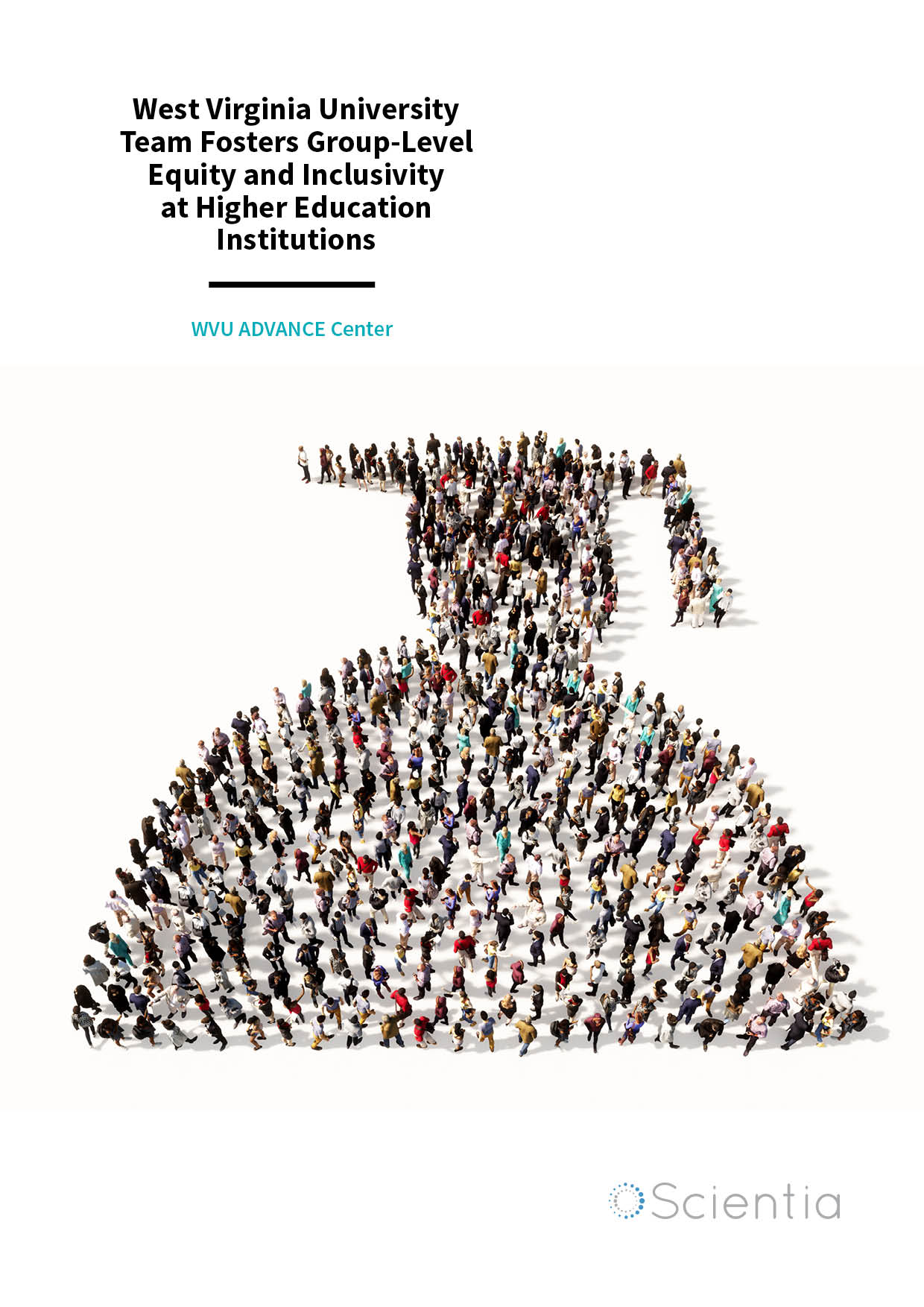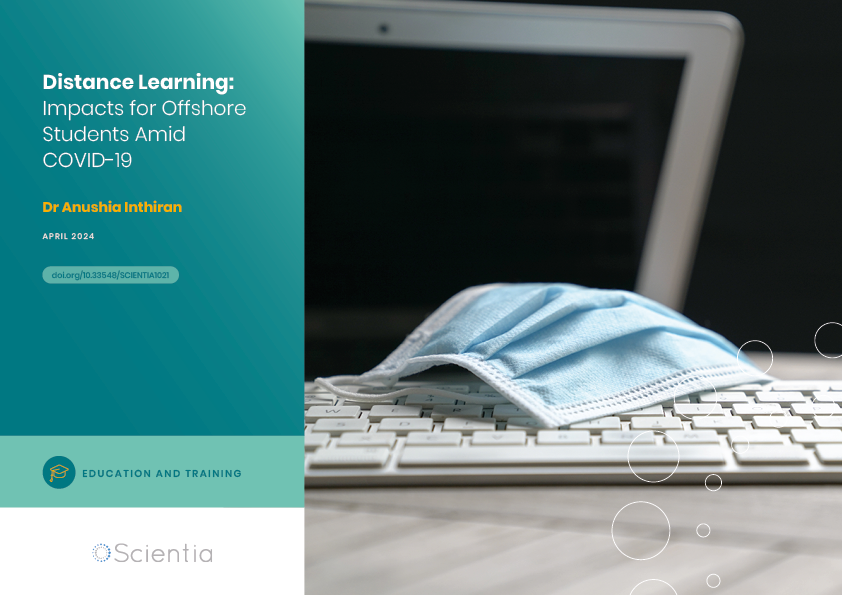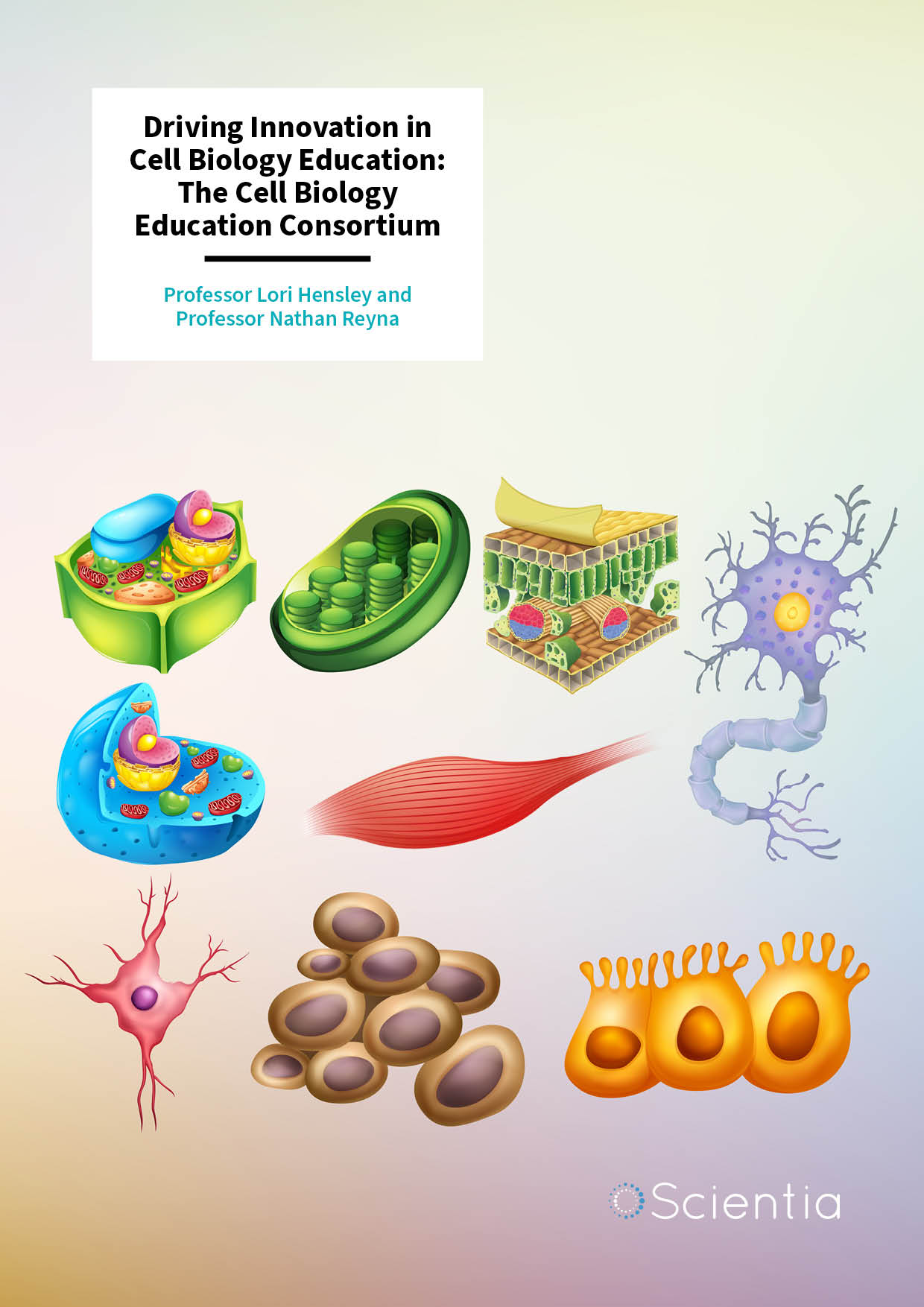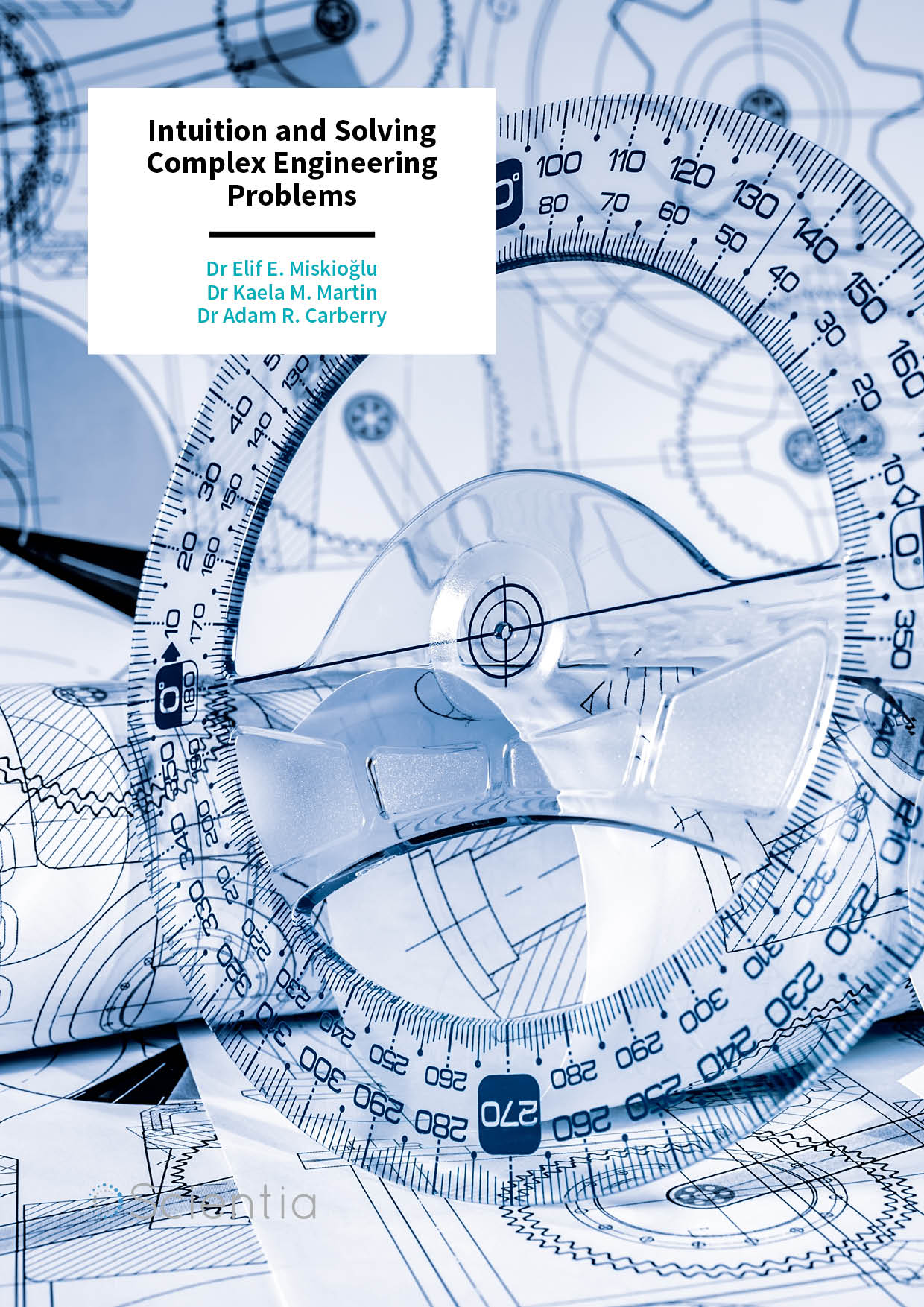Lessons Learned from Interdisciplinary Activities that Connect Chemistry and Biology
The ability to link disparate concepts across disciplines underpins many scientific breakthroughs. However, most students struggle to develop the skills they need to apply knowledge from one STEM subject to explain phenomena in another. Dr Sonia Underwood of Florida International University (FIU) and her colleagues at both FIU and Michigan State University (MSU) have developed assessments aligned with ‘three-dimensional learning’, which support students in connecting core concepts across fields. Their research using a series of new educational activities highlights the promises and challenges in helping students develop an interdisciplinary mindset.
Three-dimensional Learning
Many students going through basic science classes hope to churn them out to advance toward their chosen specialty. Sometimes, Biology 101 can feel like a chore to a budding physicist and Chemistry 101 can feel pointless to someone hoping to become a medical doctor.
However, the ability to apply knowledge across disciplines, and in new situations, is critical for developing a strong and innovative community of STEM professionals. These skills also contribute to the development of a scientifically literate society that should be informed, curious, and supportive of science, regardless of their chosen professions.
Cultivating learning environments that support these goals has proven to be challenging, particularly in higher education where faculty and classes are separated into specific departments by discipline. Additionally, many introductory courses focus on rote memorisation or developing skills that are only relevant to one isolated field. These course structures can be an obstacle for students when they attempt to understand how disparate fields relate to one another.
Dr Sonia Underwood of Florida International University specialises in making chemistry more accessible and improving students’ ability to apply chemistry concepts to other STEM fields. Since earning her PhD, she has focused on assessing and implementing changes to curricula that help students integrate knowledge across different disciplines. Recently, Dr Underwood and her colleagues developed a series of activities that prompt students to connect core chemistry and biology knowledge to explain biological phenomena.
The team of researchers used the ‘Framework for K-12 Science Education’ from the National Research Council in the United States, which focuses on the ‘three dimensions’ of science learning. The first dimension is scientific practices, which describes what students are able to do with their new knowledge. The second dimension, called crosscutting concepts, includes the tools, lenses and bridges that help students explain disciplinary ideas. The third dimension is core ideas, which describes the fundamental concepts in each discipline, or the knowledge that teachers want students to learn.
The integration of these three domains is known as ‘three-dimensional learning’. This work is among the first to create interdisciplinary three-dimensional activities for the post-secondary learning environment.
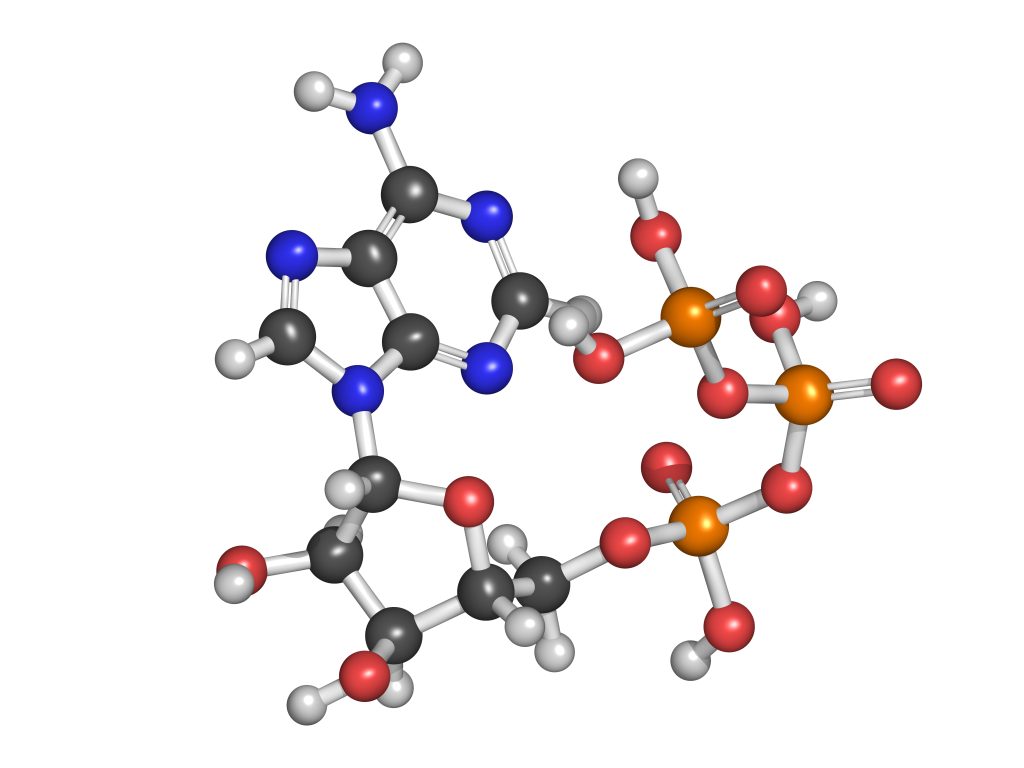
Interdisciplinary Activities for Science Students
Overall, the researchers wanted to understand how students use their chemistry knowledge to explain biological phenomena. The research team thus developed several activities that gave students the opportunity to integrate concepts across two common undergraduate STEM courses: general chemistry and introductory cell and molecular biology. In creating, implementing, and evaluating four selected activities that prompt students to connect chemical concepts to biological phenomena, the researchers assessed the degree to which students could make interdisciplinary connections.
In the first activity, students were asked to use core principles of energy in bond breaking and forming to explain how the hydrolysis of adenosine triphosphate (ATP) powers a molecular motor in a virus. The two-page activity offers various prompts for students to connect ideas about how energy released from reactions involving ATP can be used to fuel biological processes.
In the second activity, students explained the real-world problems behind ocean acidification, as FIU is known for its environmental research into local aquatic concerns. Specifically, this activity asked students to explain these phenomena with core chemistry concepts, predicting how an increase in atmospheric carbon dioxide leads to more acidic oceans and less available carbonate for crustaceans to build their shells.
The third activity asked students to use their understanding of molecular interactions to explain the differences in boiling points between different substances, and similarly why temperature affects the stability of DNA.
The last activity focused on osmosis. Here, students were asked to use entropy, a core chemistry concept that describes molecular disorder, to explain how water passes through cell membranes.
The researchers partnered with instructors to present these activities to undergraduate students in general chemistry and biology courses at both FIU and MSU. Based on the research conducted with these activities, the team was able to evaluate the degree to which students successfully made cross-discipline connections, as well as identify important patterns that educators should consider before planning and implementing similar activities.
Commonalities and Student Feedback
In general, the results from implementing these activities support the idea that students can use chemical concepts to describe simple, isolated systems. However, most students had difficulty connecting the core chemistry ideas conceptually to the specific biological processes in question.
Despite these difficulties, in response to prompts soliciting feedback as well as follow-up interviews, many students reported an appreciation for the activities that challenged them to apply core concepts from one field to another. Additionally, students expressed an interest in more activities that relate real-world problems, such as climate change, to both disciplines.
In general, students and educators understand that if we hope to solve climate change and other real-world scientific challenges, today’s STEM students must be given explicit opportunities and time to develop the mental muscle to draw upon chemistry and biology concepts when solving new problems in either field.
Based on the four activities, the research team identified three important factors that influenced student responses.

Scaffolding Matters
First, the team realised that students do not often receive activities designed to integrate their knowledge across fields. Therefore, they decided to ask students to provide an explanation about a biology phenomenon immediately before they asked them to connect it with chemistry core concepts within the same activity. This strategy, called ‘scaffolding’, involves supporting students as they complete a task before they attempt to do it alone.
When comparing student responses before and after the scaffolding within the same activity, the researchers found that scaffolding greatly improved students’ explanations of biological phenomena. ‘Scaffolding students’ chemistry ideas was very important and essential to support them in the application of the same ideas to less familiar phenomena,’ explains Dr Underwood.
Course Background Matters
Second, the researchers sought to understand how the students’ prior studies influenced their ability to use chemistry concepts to explain biological phenomena specifically relating to DNA stability and osmosis across cell membranes. About half of the students completed the DNA and osmosis coursework within their general biology course – some of whom had previously taken the general chemistry course, and some of whom had not. Meanwhile, the other students covered this content within their general chemistry course – some of whom had previously studied general biology, and others who had not.
The research team observed that students who completed the DNA and osmosis activities within their general chemistry course showed a similar level of ability when completing the activity, regardless of whether they had previously studied biology. On the other hand, the team noticed major differences in students who completed the activities during their biology course, depending on whether they had previously studied chemistry. These results suggest that students with different levels of prior chemistry knowledge did not experience the activity in the same way, because some did not have the appropriate background knowledge.
Timing Matters
Lastly, the researchers investigated whether there is an optimal time to administer activities to students. They found that the timing of when an activity is presented to students can impact their responses.
For example, the DNA activity was administered at three different times: when the students initially learned the related course content about intermolecular forces; after the students were examined on this content; and a semester later. The team found that the student responses were most sophisticated after they were examined on the content within the same semester of learning the material.
The students who completed the activity while they were still learning the ideas of intermolecular forces experienced challenges, as their understanding was still unclear. When students were assessed a semester later, additional issues arose, as students began to draw on unrelated knowledge that was not applicable to the problem at hand. Thus, the researchers concluded that timing the activities in such a way that they align with coursework completion will greatly affect students’ success.
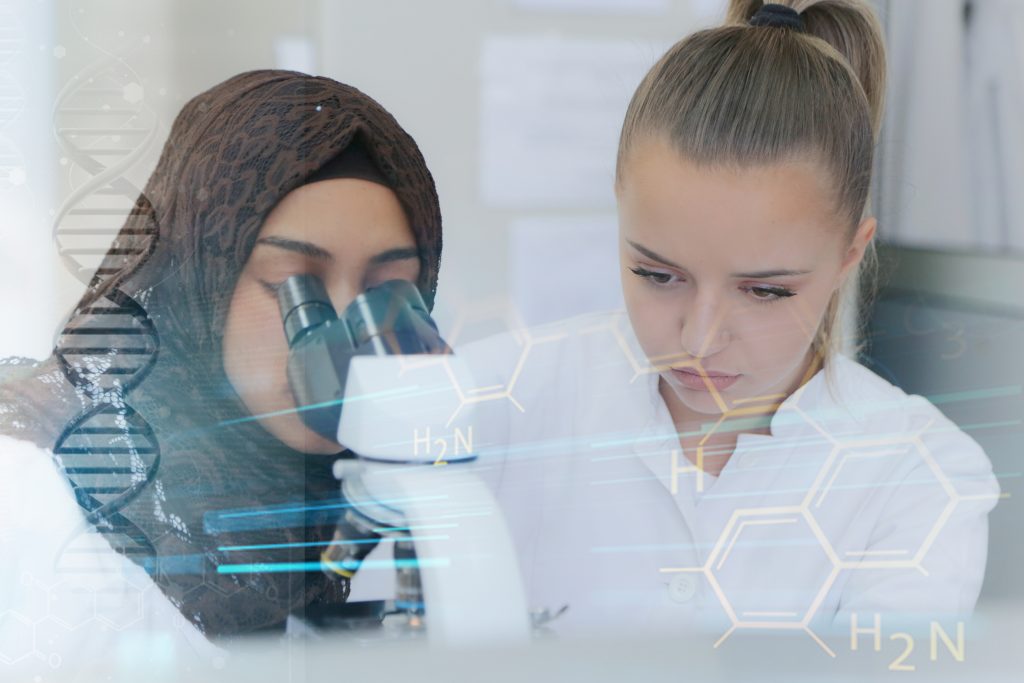
The Team’s Recommendation
In general, the researchers recommend that educators integrate interdisciplinary three-dimensional learning activities throughout the course, so that students have ample opportunities to practice these skills.
In addition, students want and need opportunities to investigate real-world situations that are relevant to their course and connect knowledge across disciplines. ‘If we want our students to be able to use and apply their relevant knowledge, they need to be provided with the opportunities to recognise how and when to connect their ideas in different situations,’ says Dr Underwood.
Lastly, students want to better understand why they are taking a particular course and how it connects to their other courses. For instance, they might wish to know that physics can help them to understand why things happen at the molecular level within chemistry, and how chemistry can help them understand why biological phenomena occur.
Widespread Adoption of 3D Learning
The team’s research highlights the ongoing need to design interdisciplinary activities and curricula that incorporate the three dimensions of learning. Because the researchers used multiple activities and implementations, they could evaluate how scaffolding, course background, and activity timing influenced the students’ experiences.
The research team stresses that if we are to make the most of the activities, we must carefully create and time them in such a way that all students engage in three-dimensional activities at the optimal time, with similar levels of course background and support.
Overall, three-dimensional learning represents a step forward toward improving scientific literacy across the student body and general population. However, ensuring that all students have equal opportunities to engage and benefit from these activities remains a challenge. To address this gap, the team hopes to implement these activities with a variety of student groups across various STEM fields, to gain more nuanced insights about how they can help cultivate the scientific innovators of tomorrow.
SHARE
DOWNLOAD E-BOOK
REFERENCE
https://doi.org/10.33548/SCIENTIA863
MEET THE RESEARCHERS
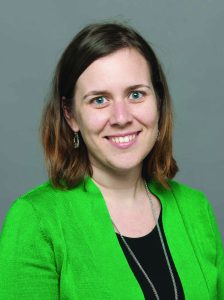
Dr Sonia M. Underwood
Department of Chemistry and Biochemistry
STEM Transformation Institute
Florida International University
Miami, FL
USA
Dr Sonia M. Underwood earned her PhD at Clemson University in South Carolina in 2011. Afterwards, she worked at Michigan State University as a Postdoctoral Research Associate before returning to her home-state of Florida to begin a position as Assistant Professor at Florida International University. Here, she now holds the position of Associate Professor in the Department of Chemistry and Biochemistry. Dr Underwood leads a lab of graduate and undergraduate students who aim to find new ways of improving chemistry education.
E: sonia.underwood@fiu.edu
W: https://myweb.fiu.edu/sunderwo/
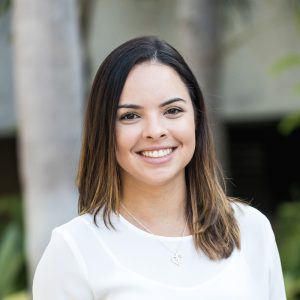 Dr Zahilyn Roche Allred
Dr Zahilyn Roche Allred
Department of Chemistry and Physics
Nova Southeastern University
Fort Lauderdale, FL
USA
Dr Zahilyn Roche Allred earned her PhD in Chemistry from Miami University in 2019, for a thesis focusing on Chemistry Education. She then worked as a Postdoctoral Scholar in Chemistry Education at Florida International University for three years, under the guidance of Dr Sonia Underwood. In autumn of 2022, Dr Allred took her current position as Assistant Professor of Chemistry at Nova Southeastern University, in the Department of Chemistry and Physics. Here, she utilises evidenced-based practices to provide her students with meaningful learning experiences.
E: zr5@nova.edu
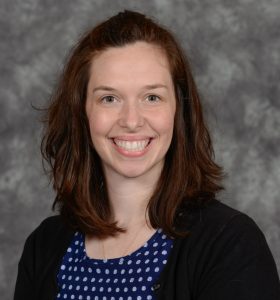
Dr Alex T. Kararo
Department of Chemistry & Biochemistry
Florida International University
Miami, FL
USA
Dr Alex Kararo earned her PhD in Chemistry Education from Purdue University in 2017 for a thesis entitled ‘Assessing Teacher and Student Effects of the Research Goes to School Project’. Prior to this, she taught chemistry at several high-schools and universities. Upon graduating with her PhD, Dr Kararo worked for three years as a Postdoctoral Research Associate in the Department of Chemistry & Biochemistry at Florida International University. Here, she helped to propagate a novel chemistry curriculum to multiple institutions.
E: akararo@fiu.edu
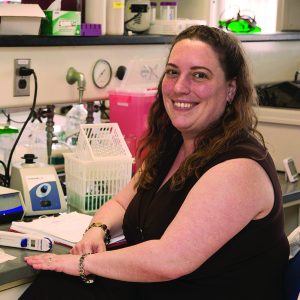
Dr Kristin N. Parent
Department of Biochemistry and Molecular Biology
Michigan State University
East Lansing, MI
USA
Dr Kristin Parent earned her PhD in Biochemistry at the University of Connecticut in 2007. Upon graduating, she worked as a postdoctoral fellow at University of California, San Diego, before moving to Michigan State University in 2013. Here, Dr Parent is a full Professor in the Department of Biochemistry and Molecular Biology. In addition to studying the mechanisms that control virus infection, Dr Parent is also passionate about training the next generation of STEM professionals.
E: kparent@msu.edu
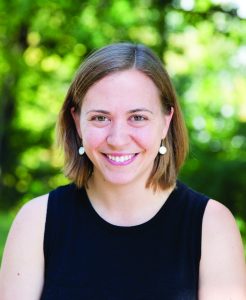
Dr Rebecca L. Matz
Center for Academic Innovation
University of Michigan
Ann Arbor, MI
USA
Dr Rebecca Matz earned her PhD in Chemistry and MS in Educational Studies from the University of Michigan in 2012. Upon graduating, she worked as a research specialist focused on STEM education at Michigan State University. Dr Matz currently works as a Research Scientist in the Center for Academic Innovation at the University of Michigan where she directs and supports research projects across the Center’s portfolio of educational technologies.
E: rlmatz@umich.edu
KEY COLLABORATORS
Brianna L. Martinez, Florida International University
Abigail I. Green, Michigan State University
Anthony Farias, Florida International University
Ana Tomlinson, Florida International University
FUNDING
This work is based upon the support of the National Science Foundation Grant No. HRD-1547798. This NSF Grant was awarded to Florida International University as part of the Centers of Research Excellence in Science and Technology (CREST) Program. This is contribution number 1507 from the Institute of Environment at Florida International University. This project was additionally supported by NSF # 1708664, 1708589, 1725609, the State of Florida for support of the UP: LIFT project, and the Howard Hughes Medical Institute Grant No. HHMI 52008097. Any opinions, findings, and conclusions or recommendations expressed in this material are those of the authors and do not necessarily reflect the views of the National Science Foundation or the other funding institutions.




REPUBLISH OUR ARTICLES
We encourage all formats of sharing and republishing of our articles. Whether you want to host on your website, publication or blog, we welcome this. Find out more
Creative Commons Licence (CC BY 4.0)
This work is licensed under a Creative Commons Attribution 4.0 International License. 
What does this mean?
Share: You can copy and redistribute the material in any medium or format
Adapt: You can change, and build upon the material for any purpose, even commercially.
Credit: You must give appropriate credit, provide a link to the license, and indicate if changes were made.
SUBSCRIBE NOW
Follow Us
MORE ARTICLES YOU MAY LIKE
WVU ADVANCE Center | West Virginia University Team Fosters Group-Level Equity and Inclusivity at Higher Education Institutions
Despite ongoing efforts to broaden participation in the academy, many groups remain underrepresented. More needs to be done to ensure that all faculty and students succeed in institutions of higher education. The WVU ADVANCE Center is an academic hub at West Virginia University, which provides services, events, mentorship opportunities, and other initiatives that promote the sense of belonging that leads to thriving faculty and students.
Dr Anushia Inthiran | Distance Learning: Impacts for Offshore Students Amid COVID-19
The COVID-19 pandemic significantly disrupted global education and necessitated a shift to online learning. Due to ongoing border closures, even after the pandemic eased, offshore students were prevented from attending their university in person long after their local peers, impacting their learning ability and future perspectives. Dr Anushia Inthiran from the University of Canterbury conducted a survey among a group of offshore students to understand the consequences of distance learning on their education.
Professor Lori Hensley – Professor Nathan Reyna | Driving Innovation in Cell Biology Education: The Cell Biology Education Consortium
Cell biology is the foundation of several branches of science and medicine. An education in cell biology theory and techniques gives students the grounding to pursue careers in healthcare, research, and the pharmaceutical industry, as well as providing a background in ethics, science communication and critical thinking. Unfortunately, undergraduate-level education in cell biology is often prescriptive and limited. The Cell Biology Education Consortium, founded by Professors Lori Hensley and Nathan Reyna from Jacksonville State and Ouachita Baptist Universities, respectively, offers a novel approach in which students engage in authentic research and provides extensive resources to support learning.
Dr Elif E. Miskioğlu – Dr Kaela M. Martin – Dr Adam R. Carberry | Intuition and Solving Complex Engineering Problems
Experienced engineers are typically equipped with advanced technical knowledge and a unique skill set but also a marked intuition that allows them to come up with solutions to complex real-world problems. Drs Elif E. Miskioğlu, Kaela M. Martin, and Adam R. Carberry, at Bucknell University, Embry-Riddle Aeronautical University Prescott, and The Ohio State University, respectively, recently engaged in important research to support the understanding of intuition in engineering practice.

